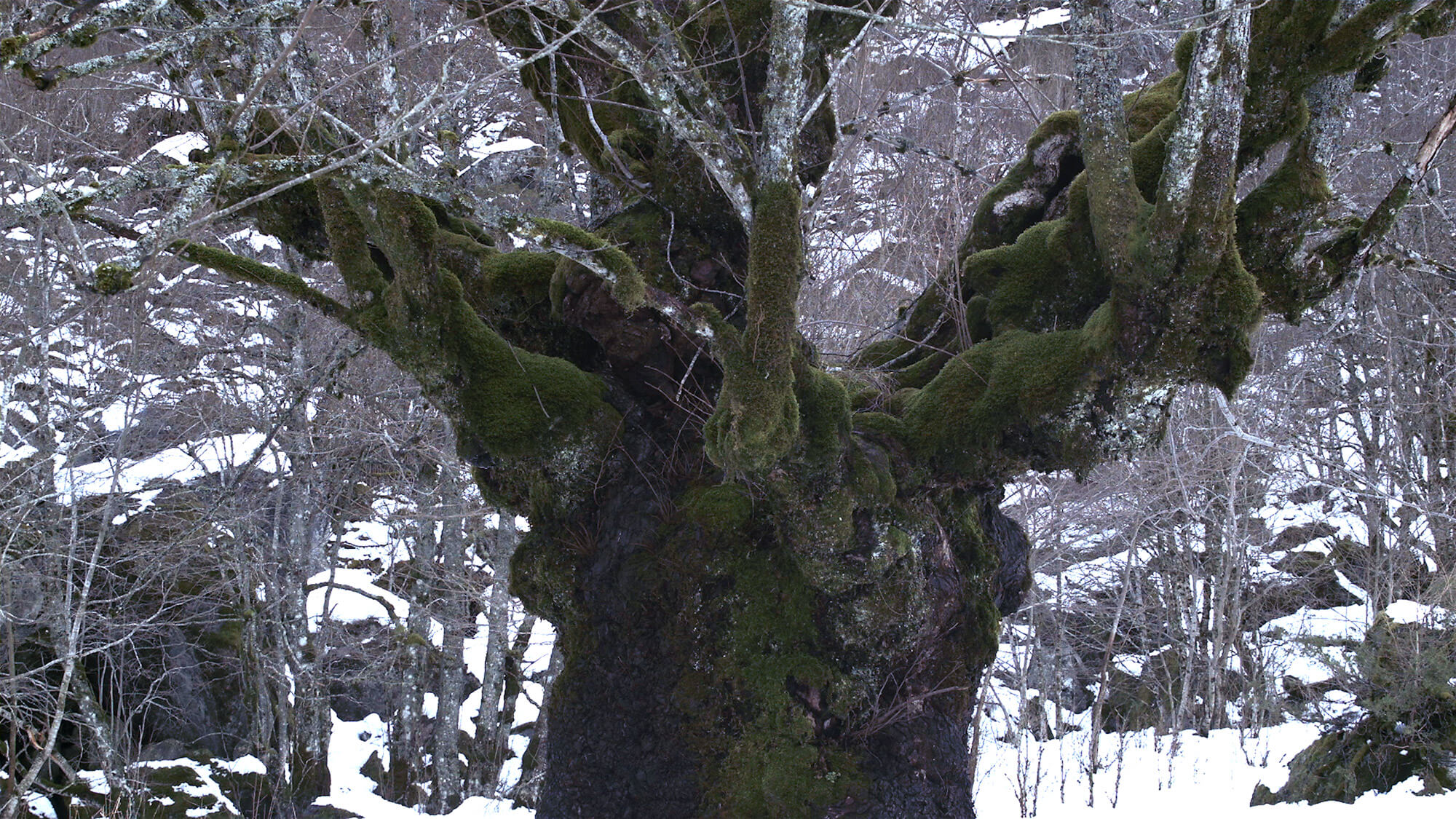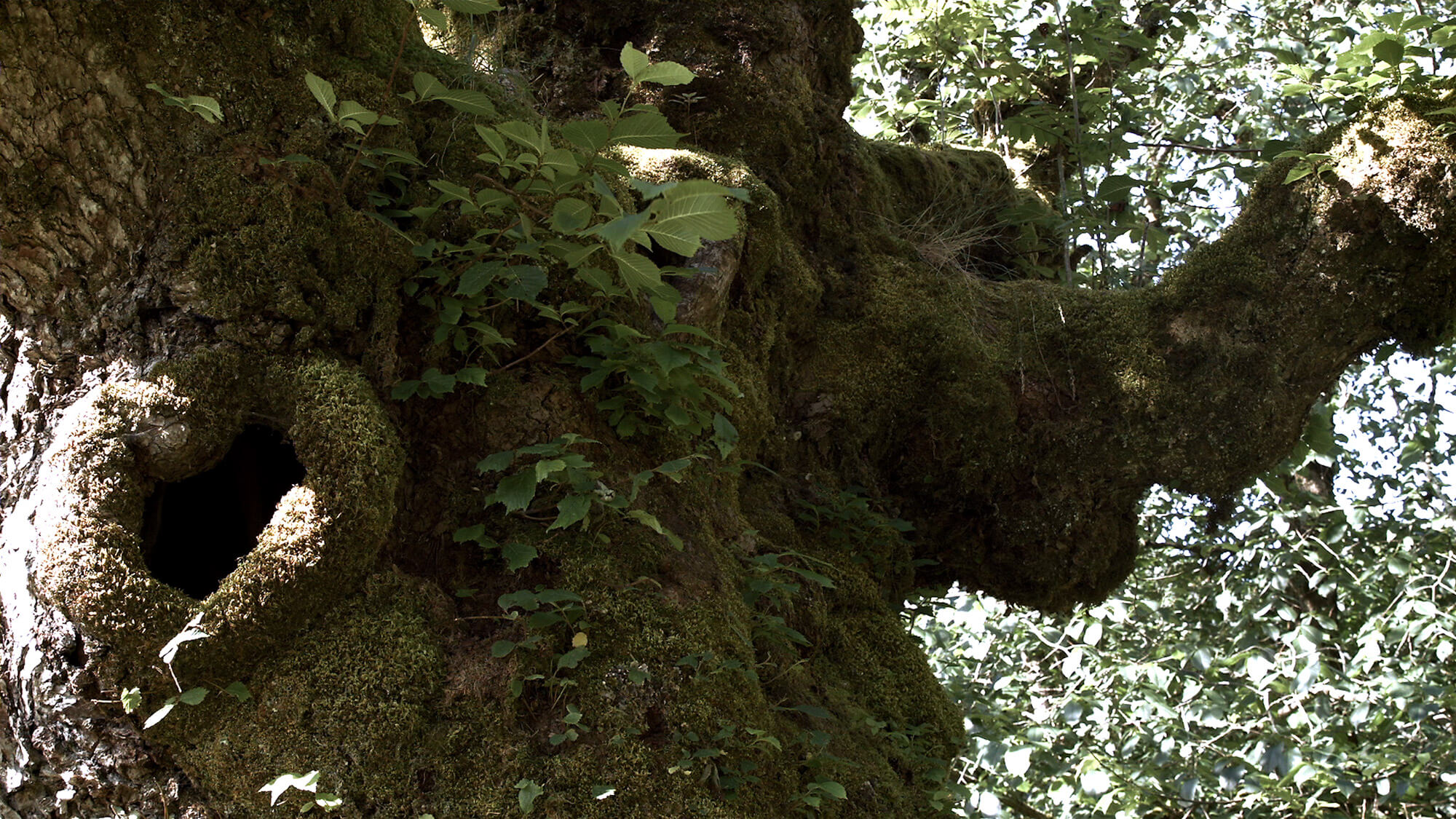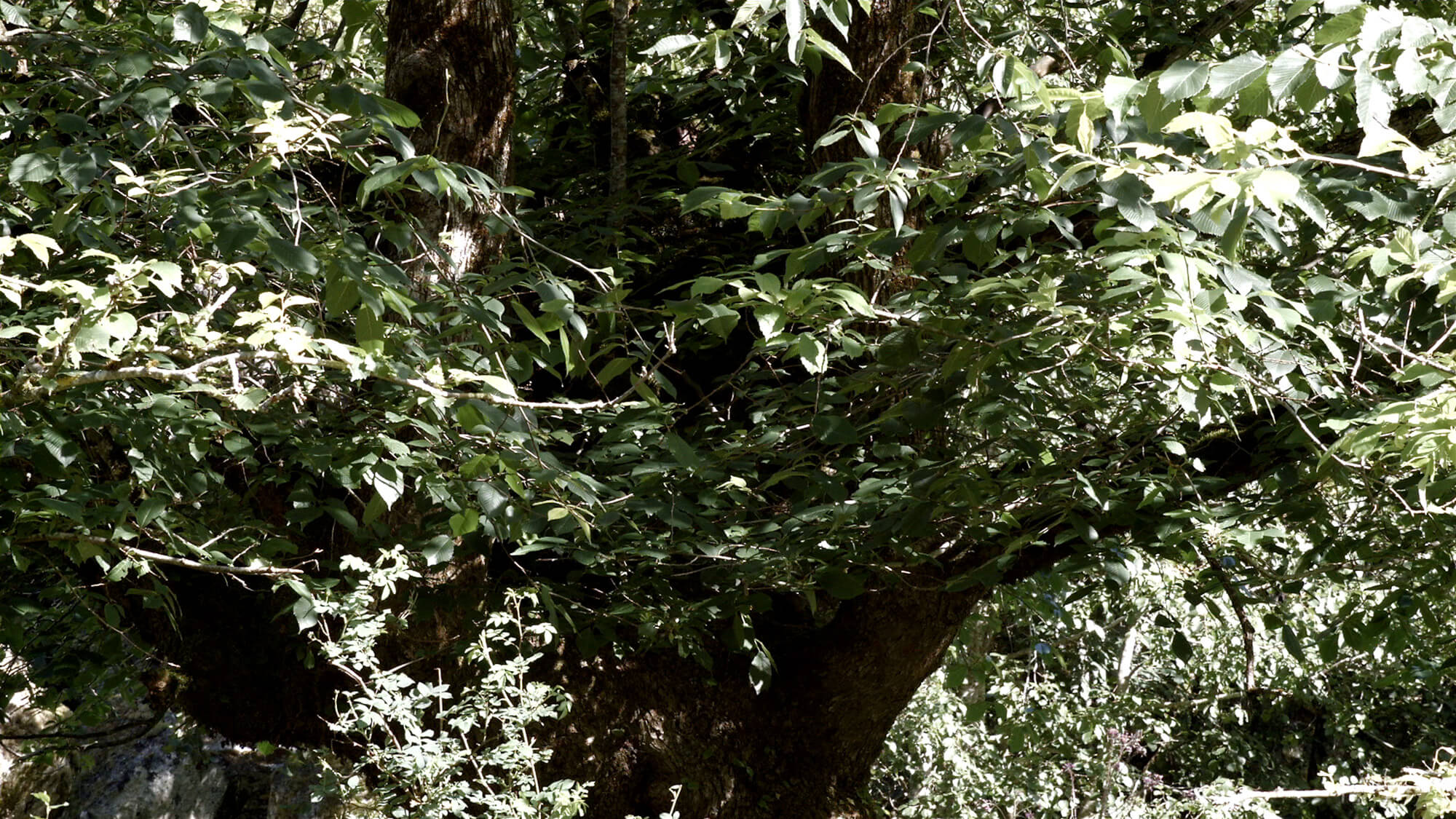What if much of what we perceive as ordinary, is ordinary only because we do not question it? ”The normality” in everyday life, in society and institutions, in standards and forms, in ethics and in aesthetics, permeates existence and forms a basis for our actions, assessments, routines and skills. Life usually manifests through small, ordinary things, phenomena we usually unknowingly make invisible. A kind of invisibility due to lack of problematization or reflection. Is there a marginality of the center of everyday life? What are the conditions for thinking of something as marginal or central, important or less important? What perspective does it contain in its analysis, and which concepts are used to understand and articulate the phenomenon?
By looking closer, the normal and ordinary can become something else, something extraordinary, if we pay attention or exercise attention. By exercising att-ention we can get into the ordinary’s simple, but equally complex scope. But then—from a distance—something we no longer stand in the middle of.
The ongoing artistic research project “Quiet observations” is about reflections related to wonder, relation and proximity. The project has evolved into a research project from a pre-project where the starting point was to research the concept of ambiguity. As I see it, the nature of everyday life and everyday surroundings is elusive and ambiguous and by its in-herent complexity a source of wonder. In ambiguity, we can find an indefinite space, a space for speculation and imagination. In this perspective, ambiguity provides a space for creative receptivity to actively consider multiple interpretations of meaning and at the same time reconsider preconceptions. Dedi-cated observations can provide proximity to everyday surroundings which make them no longer seem obvious, but rather manifests themselves as source of wonder, abstraction, imagination and daydreaming.
The project has two parallel areas of interest: The field specific perspective is defined as research through editorial design beyond media, and the other perspective is based on educational interest in the design process itself. Editorial design in this context is understood as the framework and the architecture of how a given content is read, perceived and interpreted.

Before, now, here
hotspot habitat and living memories
Winter,
rest,
but as early as March
the sap rises once again
The buds will swell,
ready to shoot new leaves
It could have been right at the beginning of the 1800s
It could have been exactly then that the elms were
planted here
In a period with several cold
summers in a row
dry rot that destroyed the crops,
so that nourishment from elm twigs and leaves
became vital
That must have been how
they were formed
branches and twigs
regularly cut off
to be used,
but also to
stimulate new growth


It may have been a snapped branch that
started the hollowing out process
Or a pruning
The bark, which was scarred
by a human or animal,
enough to prevent the tree from
encapsulating it
Wood-decay fungus took hold
and over time, the wood
softened
Later, there may have been
a bird there,
pecking a nesting place just where the centre
of the wood had softened
In time, the hollow became larger,
and others may have moved in
together with everything else
In the Norwegian Biodiversity Information Centre’s red-list database, there are at least 93 red-listed species of beetle, 34 species of butterfly and 25 two-winged species on old deciduous trees. The extent and type varies depending on different conditions and overgrowth. 130 species of moss are known to inhabit the trunks and branches of elm, some of them on the red list for species. 270 species of fungus, at least 38 of them on the red list. 300 species of lichen, of which around 48 are on the red list.
- Jidisz far Ale Common title for previous artistic research and practice as platform for the research based education program :
- Learn Yiddisz in 10’ min [Performance]
- Yiddish for ale [Exhibition]
- The pas over— about boarders [Exhibition]
- Walk with Yiddish – Negations and contextualities of an concept of right to imagine [Installation], Gulating Lagmannsrett / Gulating Court of Appeal.
- Letter to unborn Child. [Installation], Inbetween seminar and exhibition
- I miss you Jude (2009) [Installation], Inbetween seminar and exhibition. Coming presentation of artistic research and practice
- Yiddish for ale, In between – Designing for empathy. What is the story today about what was confiscated? [Interactive installation].
Another story has been found and revealed from an old copper beech, also located in Jølster: “The copper beech in Svidalen”. Both video works is shown and communicated through the exhibition “Inside Wood” at the design week in Milano 2016, and at Kunstgarasjen in Bergen (2017), in addition to several presentations at the department and at the faculty. The copper beech and the elms are available in full length below.